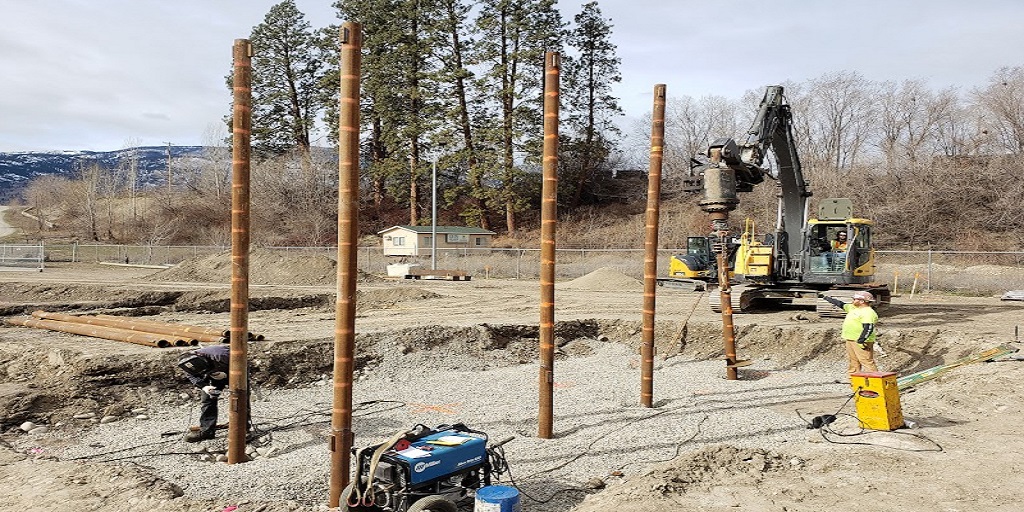
When people think of helical piles, they often picture them as the go-to solution for decks, walkways, or temporary structures. But the question of whether a helical piles foundation can support multi-storey buildings is one that continues to spark debate among property developers, engineers, and builders alike. The answer? Yes—under the right conditions, and with the right expertise behind the design and installation.
Let’s take a closer look at how and when helical piles are a viable foundation option for taller structures, and why they’re quietly making their way into more and more complex building projects.
Load Capacity Isn’t the Limiting Factor
One of the most common misconceptions is that helical piles can’t handle the weight of larger buildings. In truth, their load-bearing capacity can be engineered to support significant structural loads—including multi-storey buildings. Engineers can design a helical piles foundation to meet specific load requirements by adjusting pile diameter, shaft thickness, number of helices, and installation depth.
In fact, in load tests and real-world applications, properly designed helical piles have supported buildings as tall as five to six stories. The key is accurate geotechnical data and load analysis, both of which inform design decisions and installation methods.
Speed and Precision in Urban Construction
Multi-storey projects, especially those built in urban infill areas, are often constrained by tight timelines, limited space, and noise restrictions. This is where helical piles offer a major advantage. Installation is fast, quiet, and requires no excavation or curing time—critical factors in congested sites where every hour counts.
For developers working on timelines that can’t afford delays due to weather-sensitive processes like concrete curing, a helical piles foundation allows for same-day load-bearing capability. That means vertical construction can begin almost immediately after pile installation.
Consistency in Variable Soils
Multi-storey buildings often require foundations that can perform reliably across a wide range of subsurface conditions. Helical piles shine in this area, offering consistent performance in soils that would otherwise require costly excavation or soil remediation. Their ability to be installed to specific torque and depth ensures they reach competent bearing strata.
In areas with soft, compressible soils at the surface, helical piles can bypass problematic layers and anchor into more stable ground below—mitigating settlement risks, which are especially concerning for taller buildings.
Engineering Oversight Is Non-Negotiable
While the benefits are clear, it’s important to underscore that not all helical pile applications are suitable for multi-storey loads. Success depends entirely on quality engineering. Each site requires a geotechnical investigation, detailed structural analysis, and strict compliance with engineering standards.
Partnering with experienced engineers and certified installers ensures that the helical piles foundation is not only sufficient but performs at a level that meets or exceeds code requirements for high-load structures.
The New Standard for Urban Foundations
So, can helical piles support multi-storey buildings? With the right design, soil conditions, and expert installation, absolutely. They’ve proven themselves in both new construction and retrofit scenarios—offering speed, strength, and stability in places where traditional foundations fall short or add unnecessary complexity.
In a world where construction timelines are tight, urban spaces are crowded, and soil conditions are unpredictable, helical piles are no longer just for light structures. They’re proving themselves as a serious contender for heavy-duty applications—quietly changing the way we build from the ground up.


